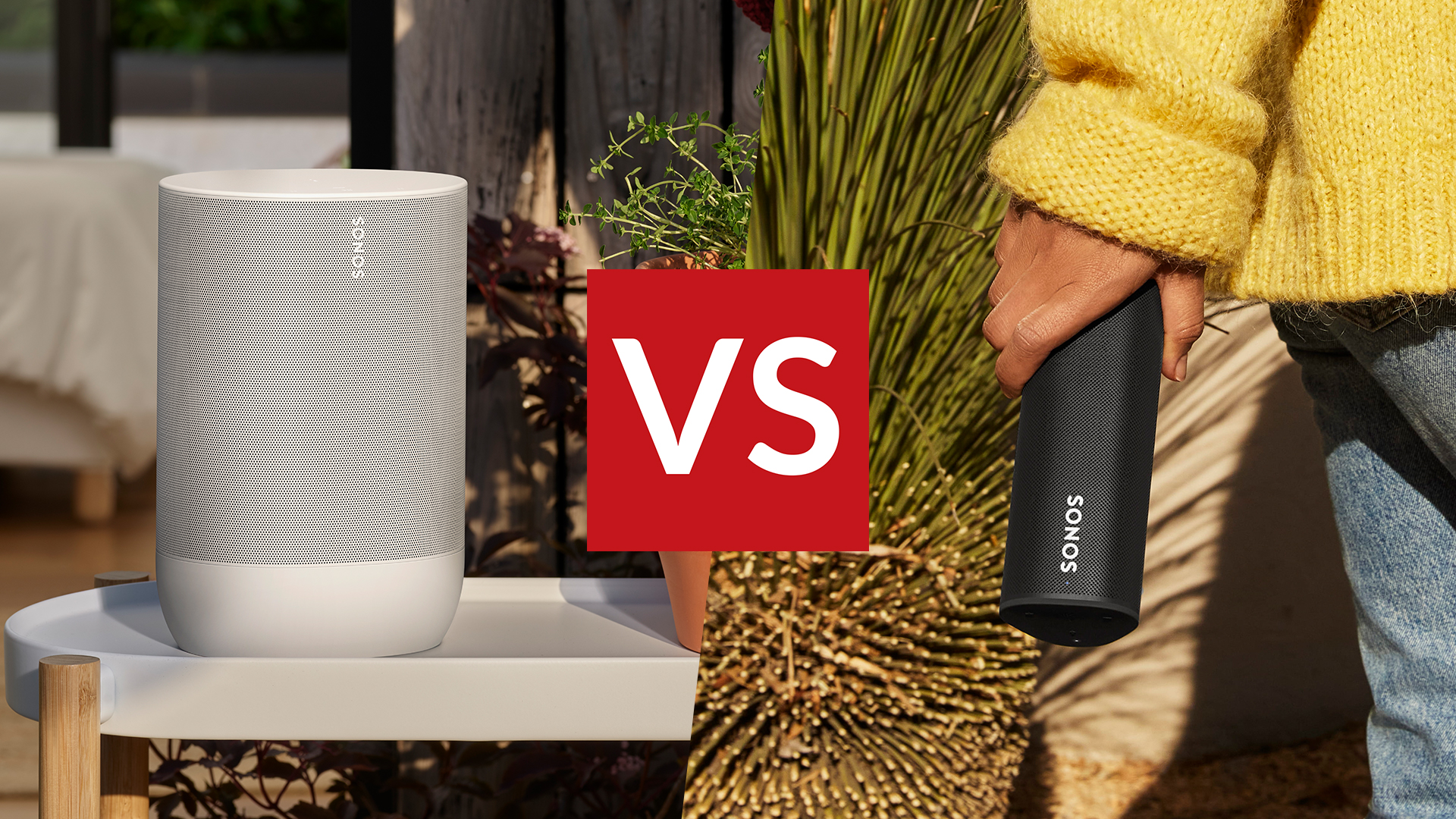

If you're looking for a portable Sonos Bluetooth speaker you have one decision to make: Sonos Roam vs Sonos Move. Sonos Roam is the more recent release of the pair, packing all of Sonos' smarts into its smallest speaker chassis. The Sonos Move is a little older, much bigger, and was the first battery-powered speaker from the company.
There's a lot that's the same about them, particularly when it comes to the overall Sonos experience as some of the best multi-room speakers, as well as their ambitions to be among the best Bluetooth speakers – but the differences mean they're really for different purposes. And the different prices reflect that, too.
We'll take you through those differences so you can choose whether the Sonos Roam or Sonos Move is the right buy for you – and don't forget our full Sonos Move review has even more details. We'll have a Sonos Roam review for you as soon as we're able.
Sonos Roam vs Sonos Move: Price & design
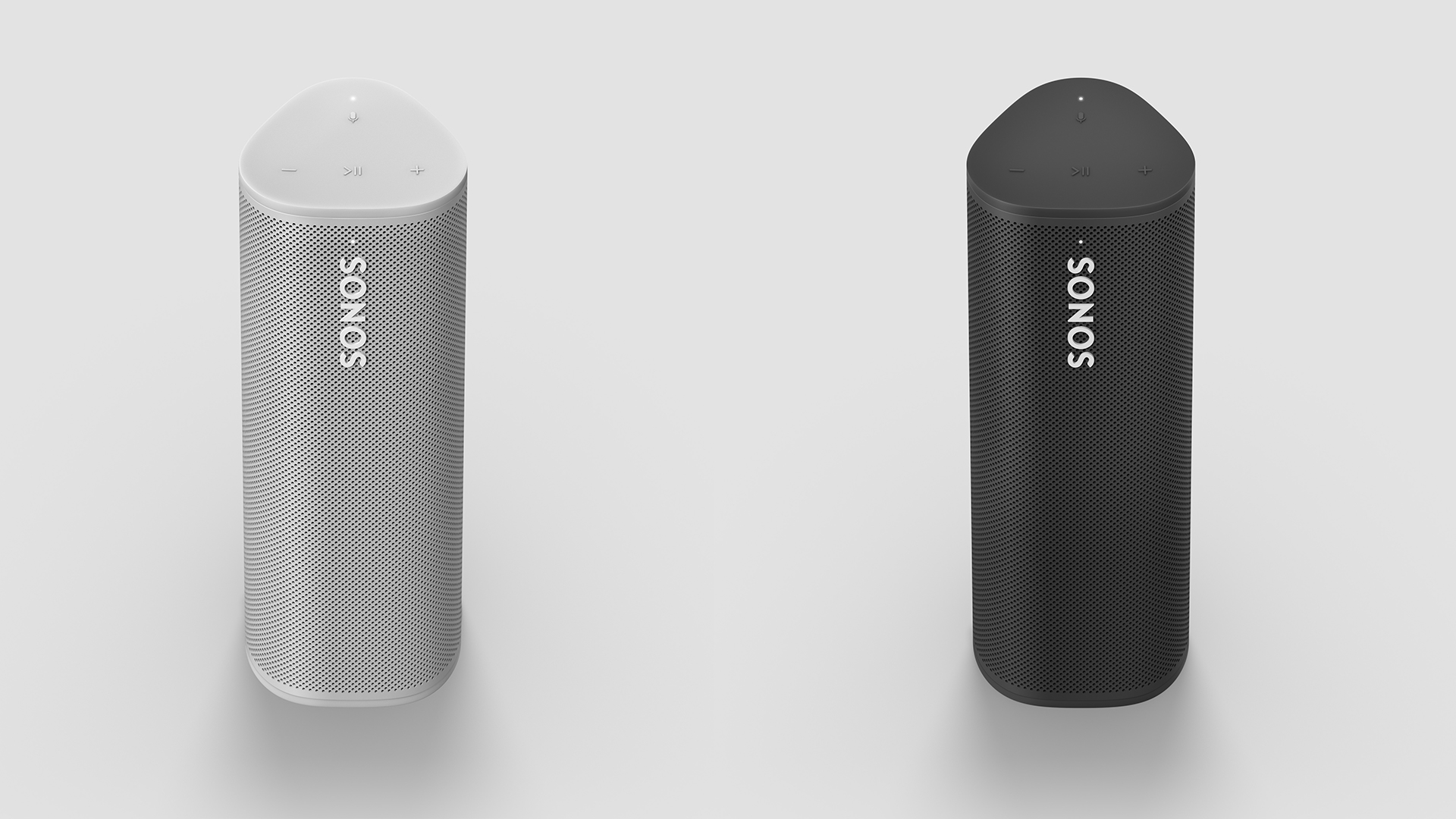
The Sonos Roam is one sixth the size of the Sonos Move.
The Sonos Roam costs £159/$169/AU$279, while the Sonos Move costs £399/$399/AU$649. That alone will make all the difference for many people – you could get two and half Sonos Roam products for the price of one Move.
But looking at them, it's instantly obvious where the money is going in the case of the Move – it's much, much larger than the Roam. Sonos says it's about six times larger, in fact.
This is at the core of the differences: the Sonos Move is absolutely a portable speaker, but it's only intended to be carried short distances. It's for taking into the garden, or to the park if you're driving there and then settling down for the day. It weighs 3kg, whereas the Sonos Roam weighs under 500g.
That factors into the robustness as well: the Move is weather resistant and splashproof, but can't be left out in a real rain shower, or dropped in a pool. The Roam is IP68, which means it can survive in up to 1m of water for up to 30 minutes.
Sign up to the T3 newsletter for smarter living straight to your inbox
Get all the latest news, reviews, deals and buying guides on gorgeous tech, home and active products from the T3 experts
The Roam is designed to take drops and bumps better too – the Move is a sturdy beast, but it just isn't intended for a life of being tossed around. The Roam's triangle shape is designed to be held easily in one hand, while the Move has a handle at the back for carrying it.
For charging, the Move comes with a docking base – a simple ring affair with some contacts, to hold it firmly. The Roam comes with a USB-C charging cable, but you can also charge it from any Qi wireless charger (though more slowly than the cable). Sonos is also making a dock for it, which will use wireless charging but is designed to hold it in place safely when at home. That doesn't come with it, though – it's a £44/$49 extra.
Sonos Roam vs Sonos Move: Features & battery
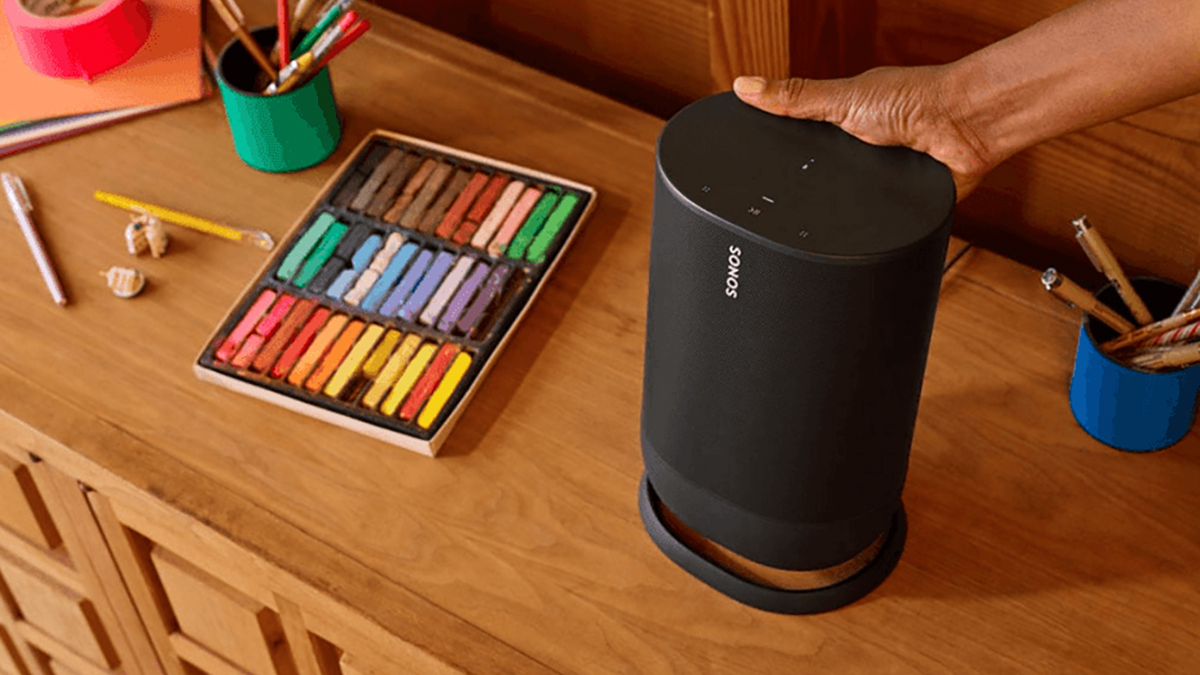
The Sonos Move's Automatic TruePlay tuning was a first for Sonos.
Both of these are portable speakers, supporting Bluetooth and Wi-Fi, with around 10 hours of battery life (the Move is rated for 11, in fact). They both work just as well as part of a Sonos multi-room Wi-Fi system as they do connected over Bluetooth away from any network. They also both support Apple AirPlay 2 as an alternative multi-room option, and both have mics onboard so you can trigger either Alexa or Google Assistant (your choice).
However, the Sonos Roam actually has some extra smart features that the Move doesn't, despite being smaller. That's the value of being newer.
First, both devices support Automatic TruePlay. This is Sonos' sound-tuning system, and it means that the device is listening to the music as it plays, to see how the environment you're in affects the audio, and tweaking its output to compensate. On both devices, it works over both Bluetooth or Wi-Fi playback (this wasn't the case on the Move previously, but an update adds it).
But the Roam also has auto-switching of playback from Wi-Fi to Bluetooth (or back), because it's intended to be a real 'grab-and-go' device, so you can run out while music is playing and it'll keep going seamlessly.
It also has a feature called SoundSwap, which means that when you come back home from being outside, you can transfer what's playing on the Roam to whatever Sonos speakers are in the room you're in. You press and hold the play button, and your Sonos speakers talk to each other using ultrasound for a moment, so the Roam can know which are nearby, then it moves the sound over to them.
Finally, the Roam can actually act as a way to play Bluetooth audio into your Sonos Wi-Fi setup. While on Wi-Fi, connect a Bluetooth device to it, and you can then use the app to send that audio to any other speaker. It's a nice little flexible bonus.
Sonos Roam vs Sonos Move: Audio

The triangular shape of the Sonos Roam is designed to angle the sound upwards when it's laying flat.
No surprise, this is where the Move is designed to shine. While both devices are equipped with a single woofer and a single tweeter, the Sonos Move simply has more to play with. It's much bigger, much more powerful, and has much more space inside – and having space to move air is vital for powerful sound.
It's impressive that the Sonos Move packs a tweeter and woofer combo into its small frame, and the woofer is the innovative oval design seen in the Sonos Arc. The Roam offers separate class H amplification of each driver, while the Move offers separate class D amplification of each. As ever, Sonos doesn't like to reveal exact power output.
Sonos Roam vs Sonos Move: Verdict
There are three considerations here: audio quality, portability, and price.
Price is easy: if the Move is more than you'd like to pay, you'd better go for the Roam.
Audio quality is also easy: the Move's extra size and power means that it's capable of offering a lot more than the Roam can.
Portability is where these things collide: the Move is portable, in that you can move it around the house, and could take on a drive with you. The Roam is actually mobile – throw it in a backpack for a walk, strap it to your handlebars for a cycle, pop it in your coat pocket… whatever. And it can take more of a battering/dunking. It's the real go-anywhere device.
Of course, it can also do the 'Take it with you down the garden' thing that the Move is ideal for, so if that's what you have in mind, we're back to looking at price and audio quality needs.
Matt is T3's former AV and Smart Home Editor (UK), master of all things audiovisual, overseeing our TV, speakers and headphones coverage. He also covered smart home products and large appliances, as well as our toys and games articles. He's can explain both what Dolby Vision IQ is and why the Lego you're building doesn't fit together the way the instructions say, so is truly invaluable. Matt has worked for tech publications for over 10 years, in print and online, including running T3's print magazine and launching its most recent redesign. He's also contributed to a huge number of tech and gaming titles over the years. Say hello if you see him roaming the halls at CES, IFA or Toy Fair. Matt now works for our sister title TechRadar.
-
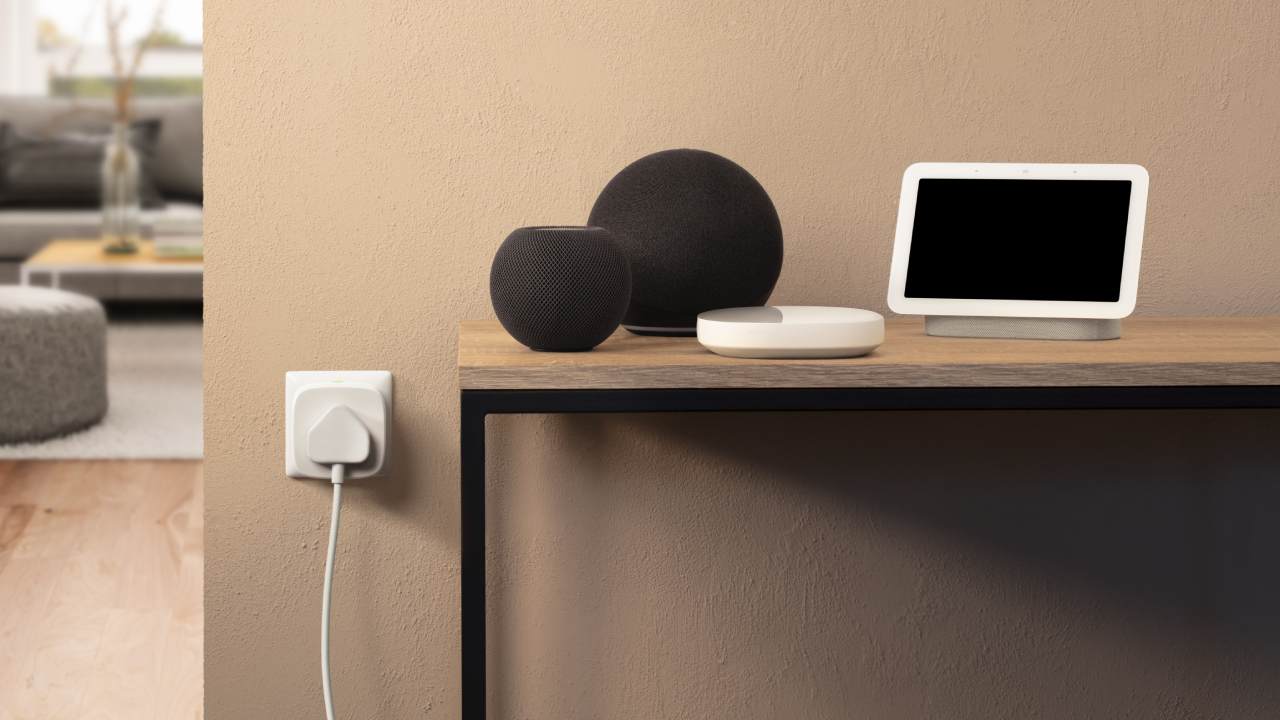 Eve’s smart plug gets impressive Matter upgrades – but I’m most excited about the app
Eve’s smart plug gets impressive Matter upgrades – but I’m most excited about the appEve Energy adds Matter support and an updated Android app
By Bethan Girdler-Maslen
-
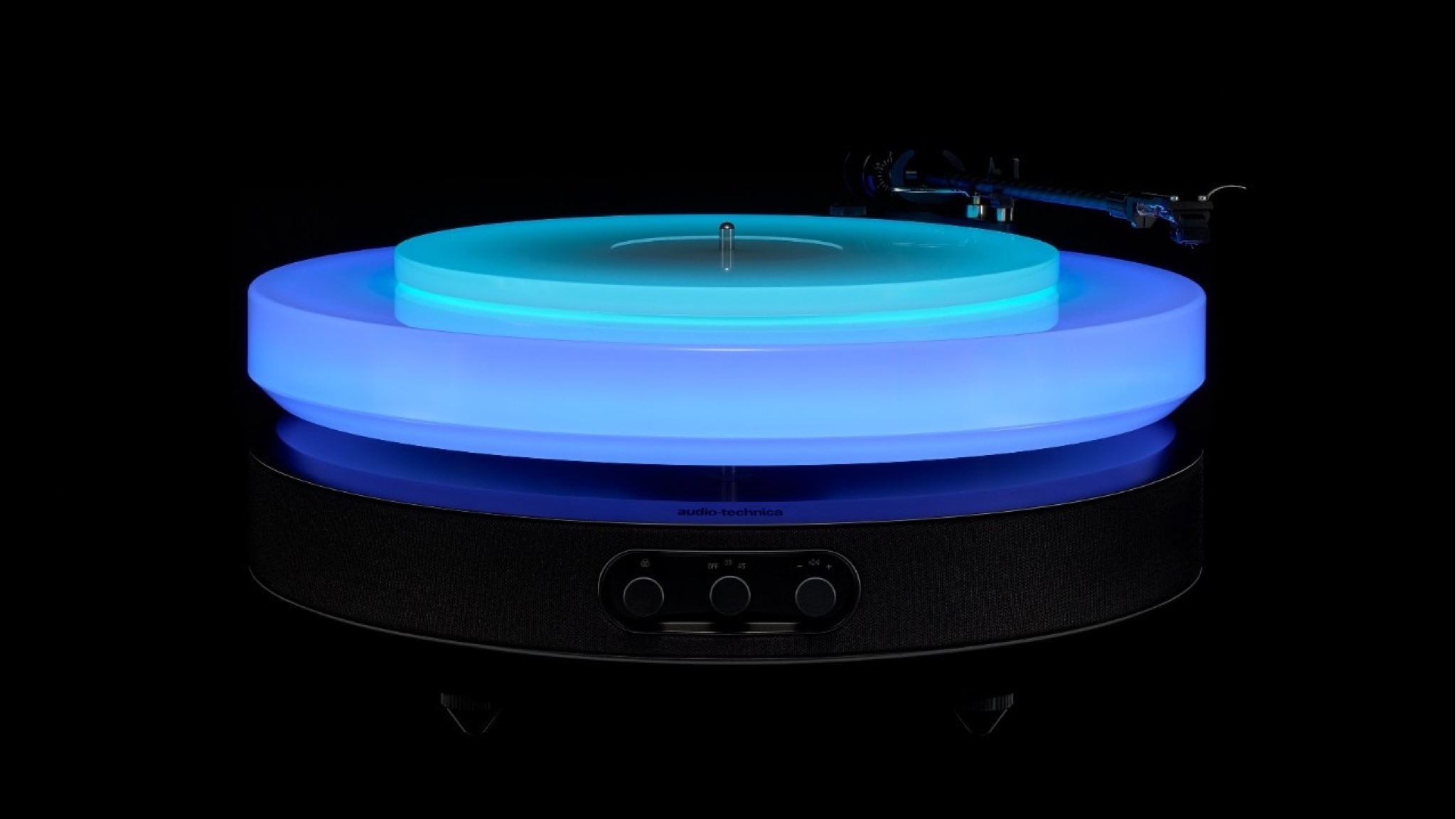 Audio-Technica’s latest luxury turntable will light up your life, and your records
Audio-Technica’s latest luxury turntable will light up your life, and your recordsThis strictly limited turntable is a feast for the eyes as well as the ears
By Carrie Marshall